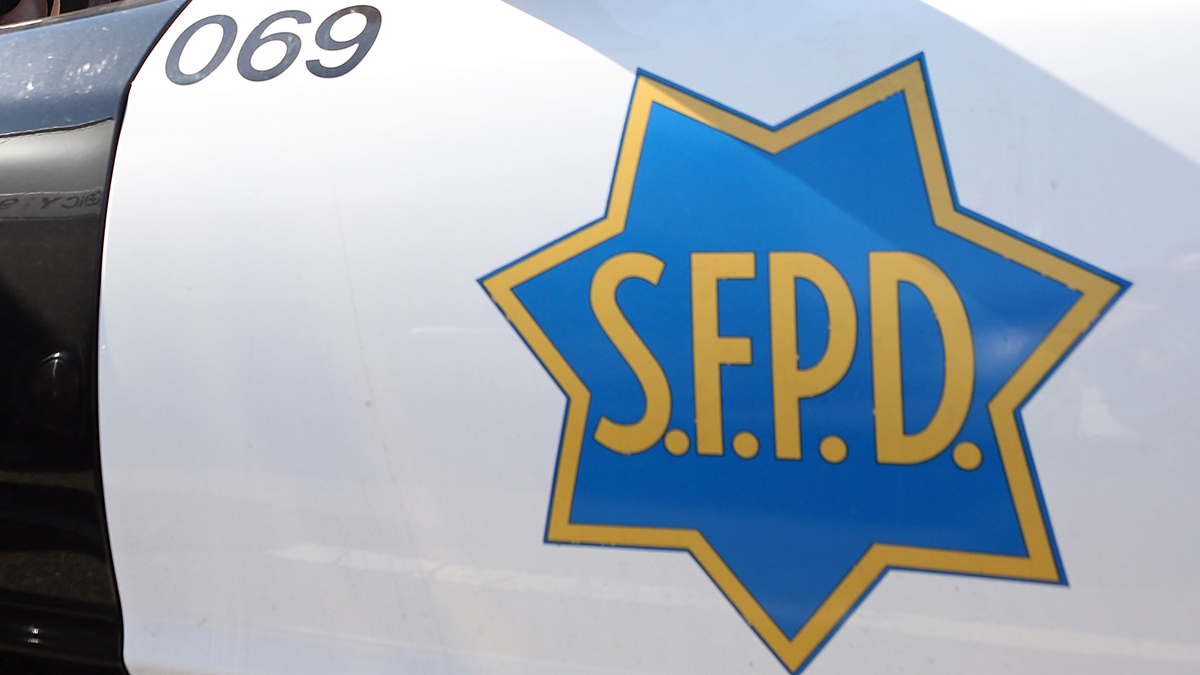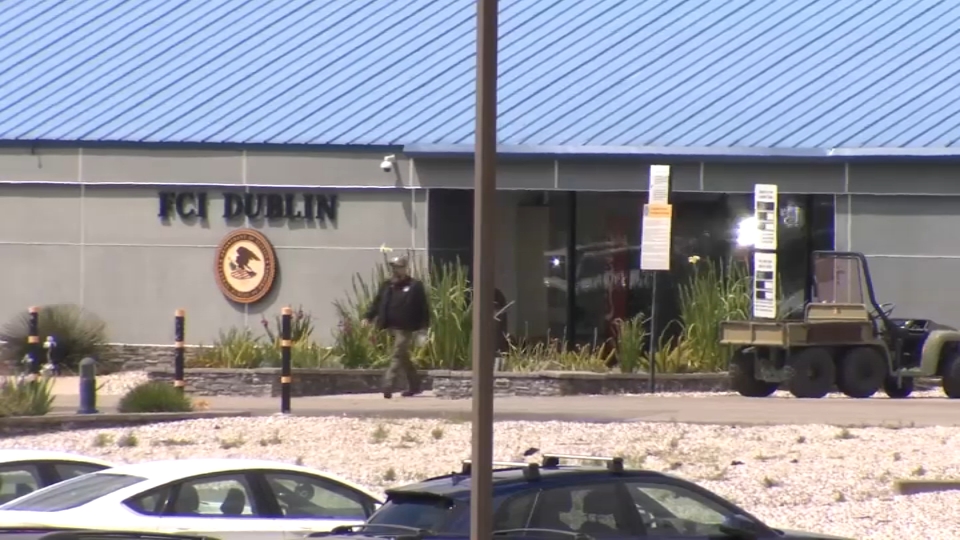Renee Cormier stepped deliberately along the trail thick with foliage, her rubber boots combing through the thickets of grass and shrub.
She finally reached a clearing where a long black net, almost as if someone expected to strike up a volleyball game in the woods, hung from two poles. In the midst of the net, the small frame of a bird jostled in the mesh. Cormier gingerly untangled the bird, placing it in a cloth bag, and set off again toward the Bolinas lagoon.
For 20 years, researchers from the research group Point Blue Conservation Science have used the Bolinas Lagoon Open Space Preserve in Marin County to catch and tag songbirds, interacting with hundreds of birds each year.
“We’re primarily interested in tracking songbirds,” said Cormier, “and seeing how they’re doing.”
The group employs what are known as “mist nets” to catch birds, which tangle up in the pockets of netting. The group checks the nets every 15 minutes, promptly extracting its surprised visitors. The researchers weigh and measure the birds, and determine the sex. Many of the birds are banded with a small tag.
“When we band birds we can determine how long birds are surviving,” Cormier said.
The banded birds include sparrows, warblers, kinglets and chickadees, which frequent the preserve during the winter months. When the researchers catch a type of bird known as a fox sparrow, they also outfit it with tiny GPS tags that will record eight pre-programmed points on the journey, to help reveal where the birds go when they leave the California Coast.
Local
“When they return next winter,” said Cormier, “we’ll be able to remove the tag, download the data and figure out where they went.”
Although fox sparrows visit the preserve in the winter, researchers know little of the other areas where they travel and breed. It’s only in the last five years the tracking devices have become small and light enough to affix to the tiny birds. Cormier said the devices are a key component in determining the rest of the birds’ travels.
“Particularly in the face of things like climate change and continued changes in land use,” Cormier said, “these birds might be facing different challenges depending on where they go.”
Researchers said songbirds can help deliver a bigger picture of the health of lands like the Bolinas preserve.
“The birds can tell us a lot about the greater environment,” said researcher Mark Dettling of Point Blue, “and so we use them as an indicator to see the health of the eco system here.”
On a recent day, Cormier and Dettling worked alongside a pair of interns, catching dozens of birds throughout the day. Thirty percent of the birds captured by the nets already wear the group’s metal tags. Newcomers are banded and released.
Cormier applied a GPS tag to the lone fox sparrow caught that day, with the careful precision of a surgeon. She photographed the bird with a smart phone as Dettling released it, fluttering away into the brush - hopefully to return next year with its electronic travel log.



